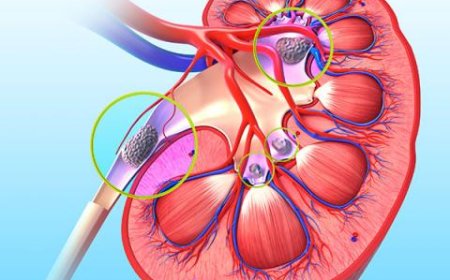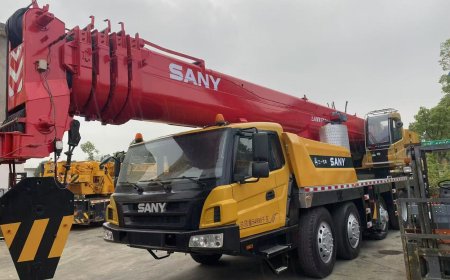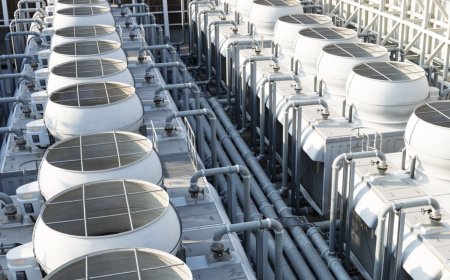10 Benefits of GPR Scanning to See What’s Hidden

In many construction, engineering, and maintenance projects, knowing what lies beneath the surface is crucial. Whether you're drilling, cutting, or excavating, hidden utilities, pipes, rebar, voids, or other obstacles can lead to costly mistakes, safety risks, and delays. This is where Ground Penetrating Radar (GPR) scanning comes in.
GPR scanning uses high-frequency radio waves to create images of whats hidden below concrete, soil, or other materials. Its a fast, non-destructive, and highly effective way to detect subsurface structures without digging or damaging surfaces. From construction sites to archaeological digs, GPR scanning is becoming an essential tool in many industries.
In this article, well explore 10 important benefits of GPR scanning, showing how it helps save time, improve safety, reduce costs, and provide accurate information before starting any project that involves what lies beneath the surface.
1. Non-Destructive Testing (NDT)
One of the biggest advantages of GPR scanning is that its completely non-destructive. Unlike traditional methods that require drilling, cutting, or breaking surfaces, GPR uses radio waves to scan below the surface without causing any damage.
This makes it ideal for projects where preserving the integrity of the structure is essential. Whether youre scanning historic buildings, critical infrastructure, or freshly poured concrete, GPR allows you to gather important information while keeping the surface intact.
2. Accurate Location of Utilities and Obstacles
GPR scanning is highly effective in locating underground utilities, including electrical conduits, water pipes, gas lines, fiber optics, and sewage systems. It can also detect voids, cracks, and buried objects that may not be recorded on outdated or incomplete blueprints.
By accurately identifying the location of these utilities and obstacles, GPR helps prevent accidental strikes that could cause damage, injuries, or service disruptions. This accuracy leads to safer and more efficient construction or renovation projects.
3. Increased Safety on Job Sites
Safety is a top priority in any construction or excavation project. Striking hidden utilities or encountering unexpected voids can result in serious accidents, injuries, and even fatalities.
Using GPR scanning before starting work helps eliminate many of these risks by revealing whats hidden below the surface. Workers can proceed with confidence, knowing that potential hazards have been identified and properly marked. This proactive approach significantly reduces the chances of accidents and costly emergencies.
4. Time-Saving Tool
Traditional methods of subsurface investigation, like digging test holes or breaking up concrete, can be time-consuming and labor-intensive. GPR scanning provides immediate results, allowing contractors to quickly assess an area and make informed decisions.
The speed of GPR scanning helps keep projects on schedule by reducing delays caused by unexpected discoveries or rework. Faster assessments mean quicker project approvals, smoother workflows, and more efficient use of labor and resources.
5. Cost-Effective Solution
While GPR equipment and services involve an upfront cost, the savings generated by avoiding mistakes far outweigh the investment. Striking a gas line, breaking through a water main, or damaging structural elements can result in extremely expensive repairs, project delays, and legal liabilities.
GPR scanning helps prevent these costly scenarios. By identifying obstacles early, contractors can plan their work with greater precision, reducing wasted materials, labor hours, and repair costs. In the long run, GPR scanning often pays for itself many times over.
6. Versatile Applications Across Industries
GPR scanning is not limited to one type of project or material. It can be used in a wide variety of industries and environments, including:
Construction and civil engineering
Utility location and mapping
Archaeology and historical preservation
Environmental studies
Transportation infrastructure
Military and security operations
Mining and geological exploration
This versatility makes GPR scanning a valuable tool across many fields, providing reliable subsurface data in both urban and rural settings, on land or even underwater.
7. Provides Detailed Subsurface Images
GPR scanners create detailed images of whats below the surface, allowing professionals to analyze the depth, size, and shape of subsurface features. This data is often displayed in real-time, giving instant feedback to the operator.
These detailed images help engineers and planners make informed decisions based on clear, visual information. Instead of guessing or relying on incomplete records, teams can move forward with confidence, knowing exactly what lies beneath.
8. Minimal Site Disruption
Because GPR scanning doesnt require any digging, drilling, or surface damage, it causes minimal disruption to the site. This is particularly important in sensitive areas like airports, hospitals, urban centers, or historic sites where interruptions must be kept to a minimum.
Workers can scan large areas quickly without disturbing traffic, shutting down operations, or inconveniencing the public. This non-invasive nature makes GPR an attractive option for many projects with strict access or operational requirements.
9. Environmental Benefits
GPR scanning helps reduce the environmental impact of construction and excavation by minimizing unnecessary digging and surface destruction. Less digging means less soil displacement, reduced waste, and lower emissions from heavy equipment.
By using GPR to carefully plan where digging is needed, contractors can protect nearby ecosystems, preserve green spaces, and comply with environmental regulations more easily. GPR promotes smarter, more sustainable construction practices.
10. Supports Better Decision-Making
Ultimately, GPR scanning provides better data. Better data leads to better decisions. Whether you're planning a building expansion, repairing infrastructure, or conducting environmental assessments, having accurate subsurface information allows you to plan your work strategically.
By eliminating much of the uncertainty that comes with working blind, GPR scanning empowers project managers, engineers, and contractors to reduce risks, avoid surprises, and execute projects more efficiently and successfully.
Ground Penetrating Radar scanning has become a vital tool for modern construction, engineering, and scientific projects. Its ability to see beneath the surface without causing damage offers numerous benefits from improving safety and accuracy to saving time and money. As technology continues to advance, GPR scanning will only become more powerful, precise, and widely used.
Whether you're working on a small renovation or a large infrastructure project, GPR scanning by a coring and cutting agency in Dubai provides the insights you need to work smarter, safer, and more efficiently. Investing in GPR scanning today means fewer headaches, fewer surprises, and far greater confidence in your projects tomorrow.


































